Ask Ethan No. 25: Where to go in our galaxy?
- Transfer

They will see us as we wave from above.
“Get down,” they will then tell us.
But from a height such a beautiful view.
"Get down." And we will stand here.
- The Postal Service
The reader asks:
If you could jump into the Enterprise or Millennium Falcon, or some other your favorite spaceship moving faster than the light - what place of the Milky Way would you go to and what would you like to see?
I must say right away - my favorite ship will be Enterprise, without options.

Even tied to our galaxy, this science fiction is the best match for all my dreams of how humanity can travel in space autonomously and peacefully. Of course, space cowboy fantasies in Firefly, Star Wars rebels, and the dramatic space rogue saga Battlestar Galactica have their own special appeal. But most of all I would like to be on board Enterprise D from ST: TNG.
But where would I go? There are many excellent candidates, and even more seemingly interesting places that are actually not so interesting.

For example, the view of the Helix Nebula nebula, called the “Eye of God,” looks very promising. Who does not want to look closer at a dying sun-like star in such colors and in the approximation. These clouds of gas, contrasting with the luminous gas, probably look very impressive.
Unfortunately, they look so beautiful only in the form of images obtained by our telescopes. Because the:
- a very long exposure reveals the smallest details that otherwise cannot be seen
- this structure looks small only from afar. Its diameter is about a light year, and near it it would not look so bright and beautiful
- a lot of details can be seen thanks to various filters with which composite images are obtained. In reality, everything is not so colorful and contrasting.
For example, this is how the Ring nebula looks after the work of an astrophotographer:

and so through very good optics, if you look at it with your eye:
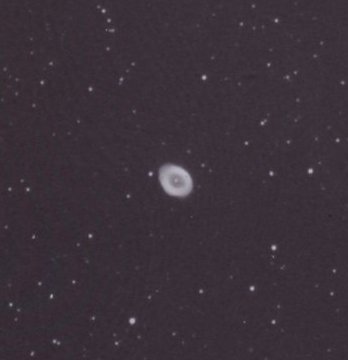
The problem is that when observed, the bright parts of the objects are completely overshadowed by the less bright, in which all the interesting details are hidden.
Therefore, many beautiful objects in reality will not look so good at all.
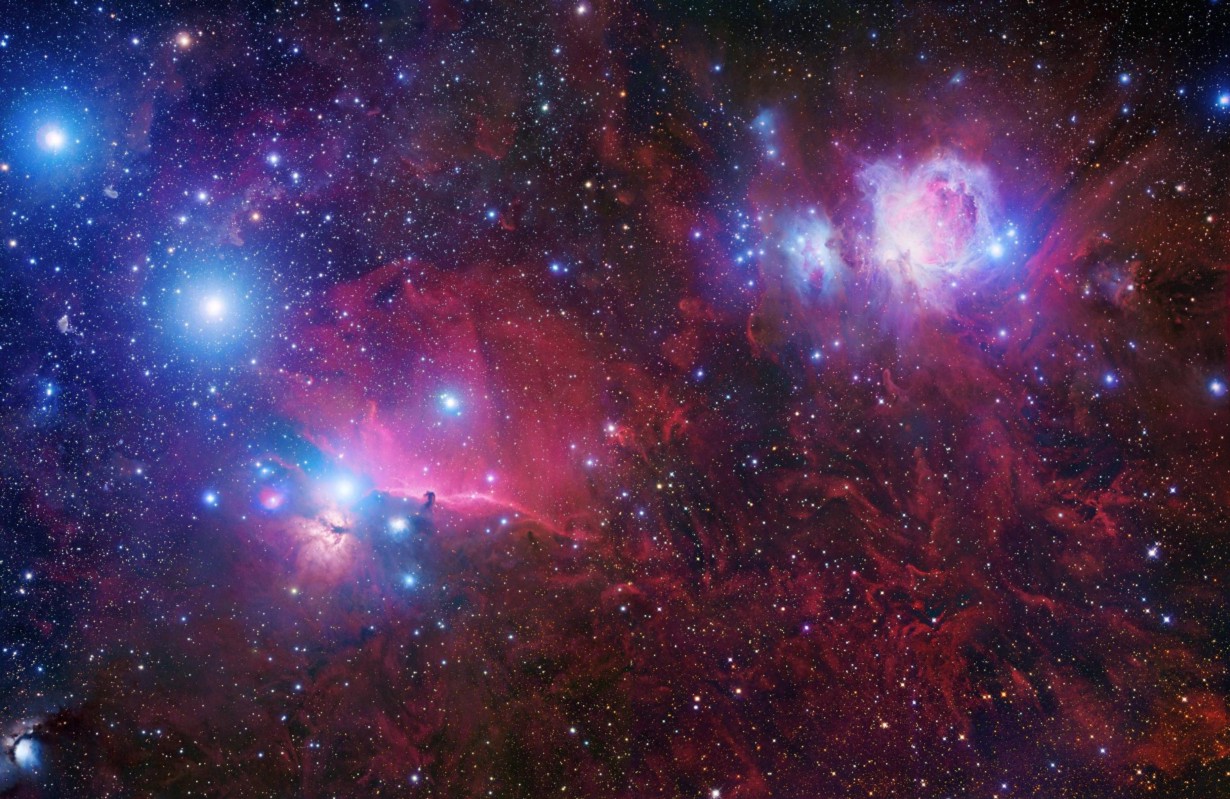
Star-forming regions, such as the Orion Nebula, which is part of a larger group of clouds, will not look so impressive near.
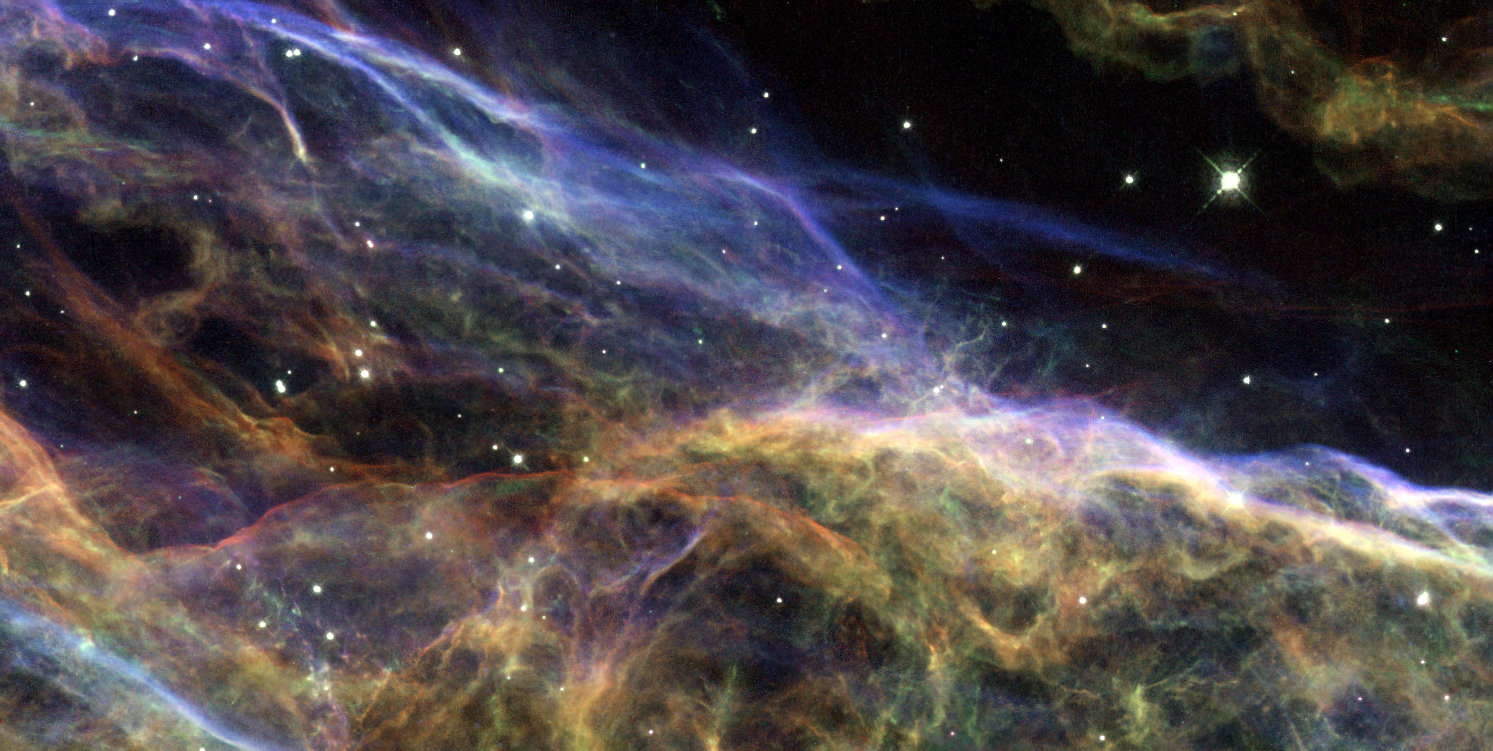
Remains of a supernova, from the Crab Nebula to the Veil Nebula (above), are best seen from afar.
We are just used to the fact that the closer we get to the object, the brighter and better it looks, and the more details we can consider. The problem is that these objects are blurry and stretched. In these cases, the brightness is approximately evenly distributed over their volume, and when approaching, the individual parts will not look brighter, but will only occupy most of the sky. For example, a nebula twice as far removed has a brightness 4 times smaller than the one closest to us, but it also has a quarter angular size in the sky. Approaching will not give you anything.
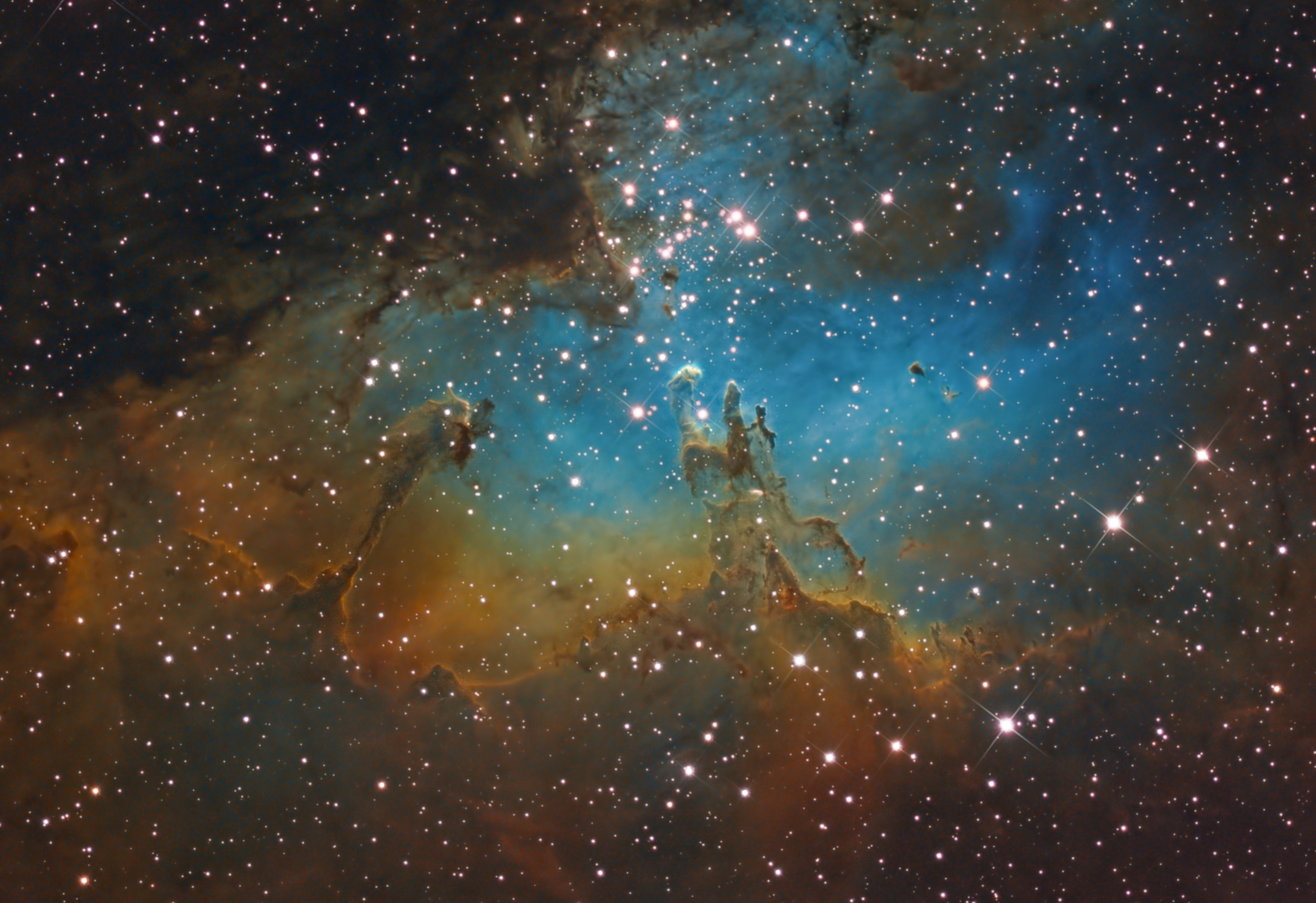
You want to see something like the picture above, but actually see something like the picture below.
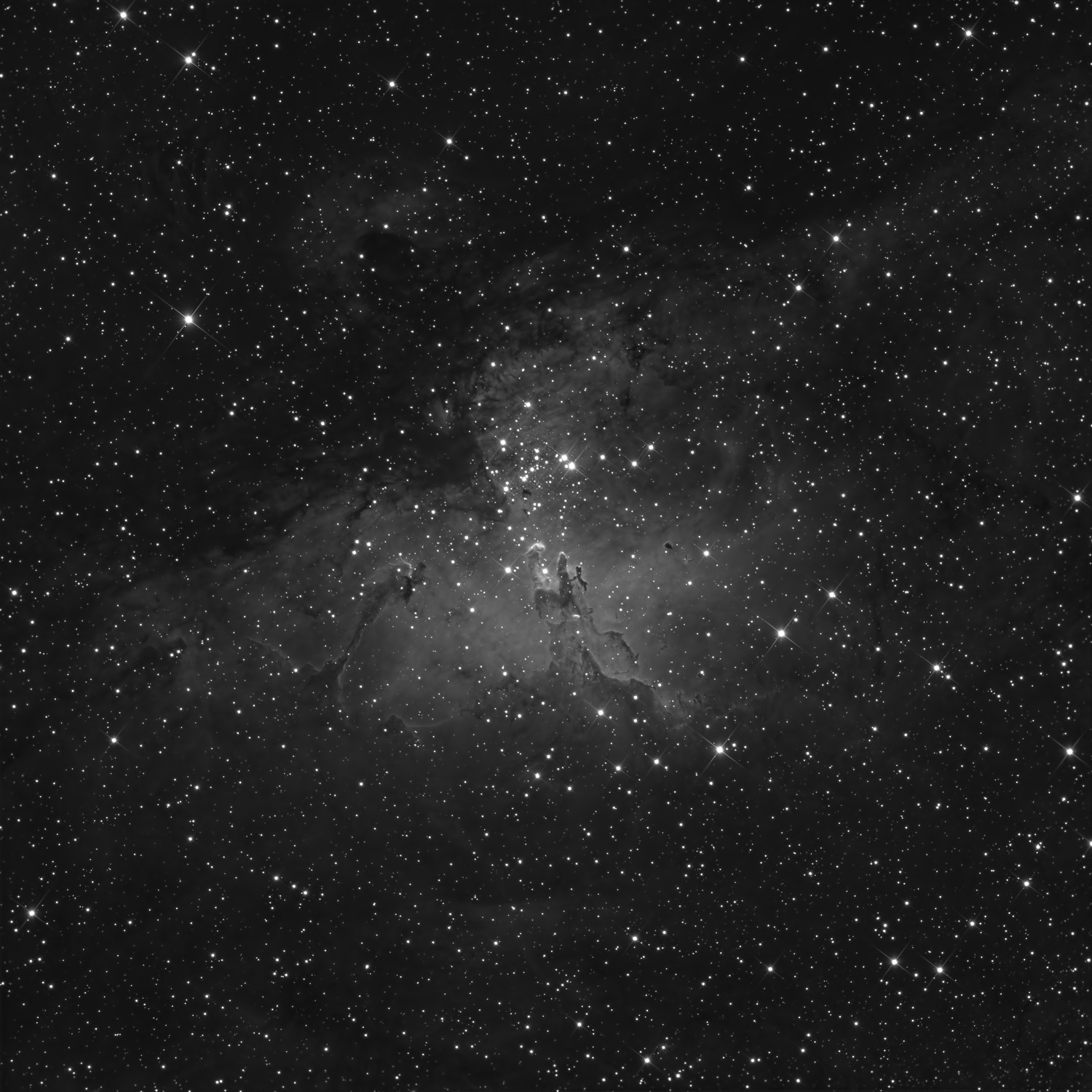
But avoiding such a temptation, you will realize that it will be really interesting to watch the stars.
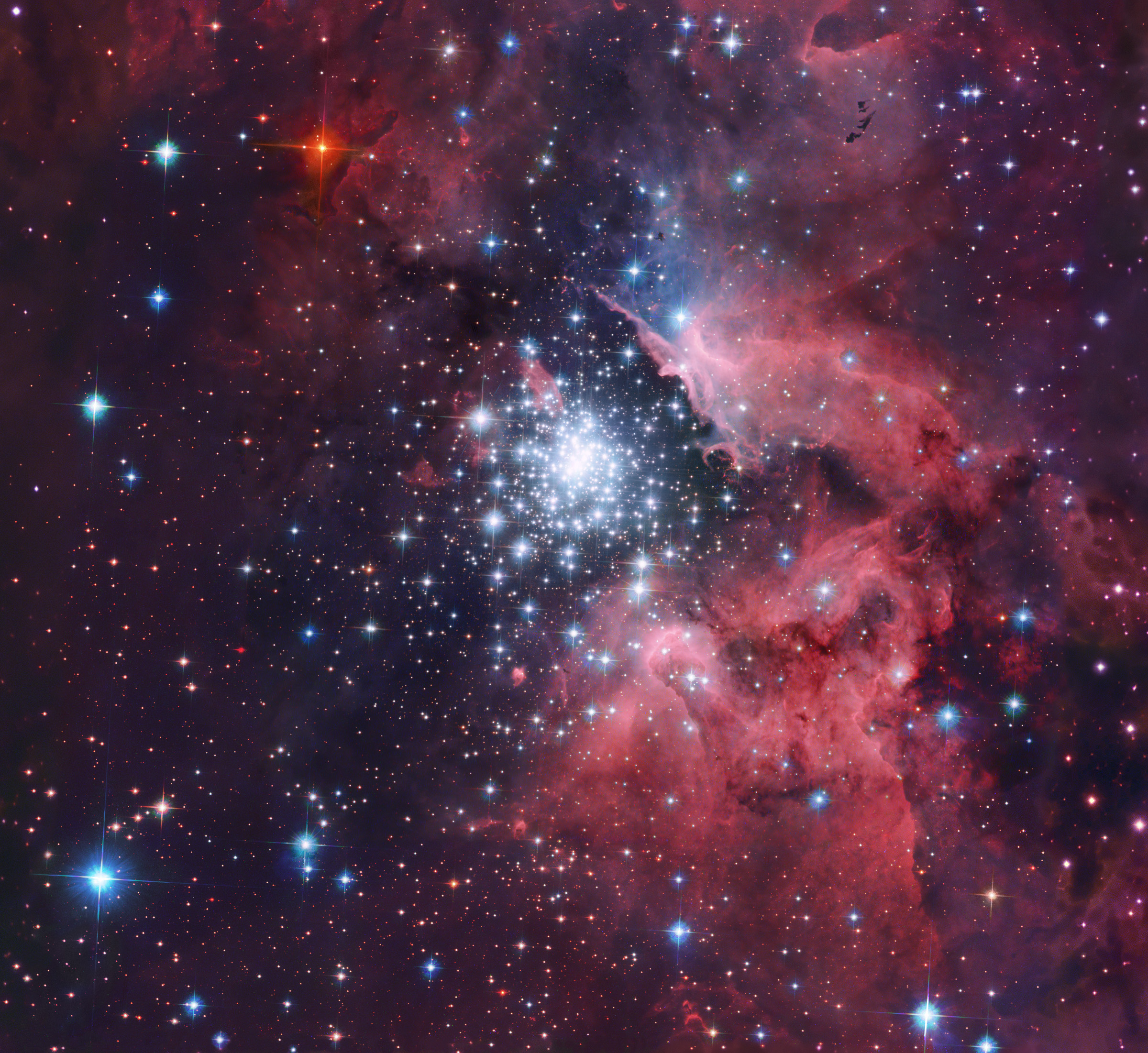
The nebula region near NGC 3603 will not be so beautiful, but if you manage to fly into the core of a group of stars, it will be a magnificent sight!

But why stop at a star cluster if more dense formations exist?
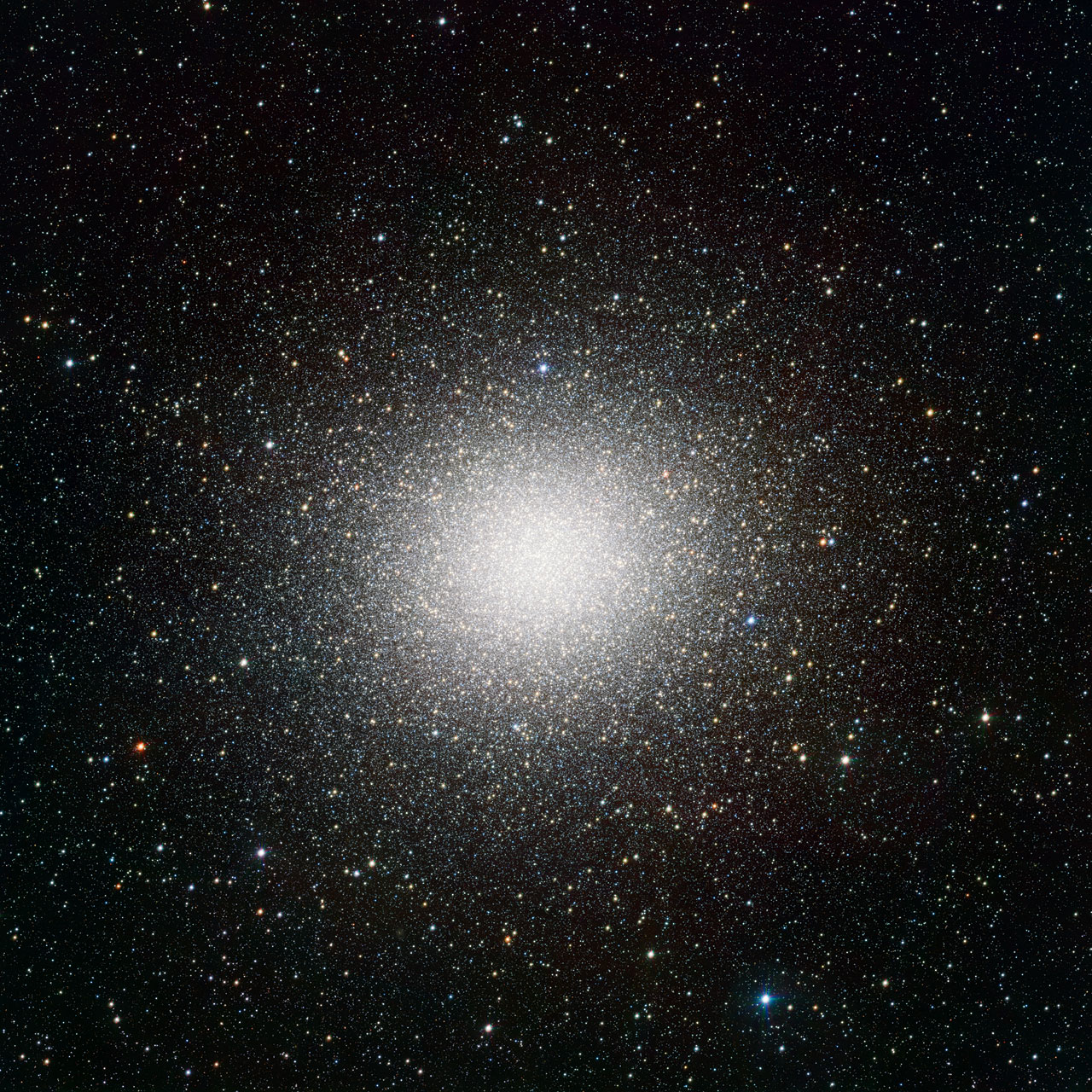
This is the Omega Centauri, NGC 5139, the largest globular cluster in the entire galaxy. It has a mass of more than 4 million suns and a radius of 86 light years. I would go there right away. Inside, you will see, firstly, the gigantic color variety of stars, and secondly, their movement.
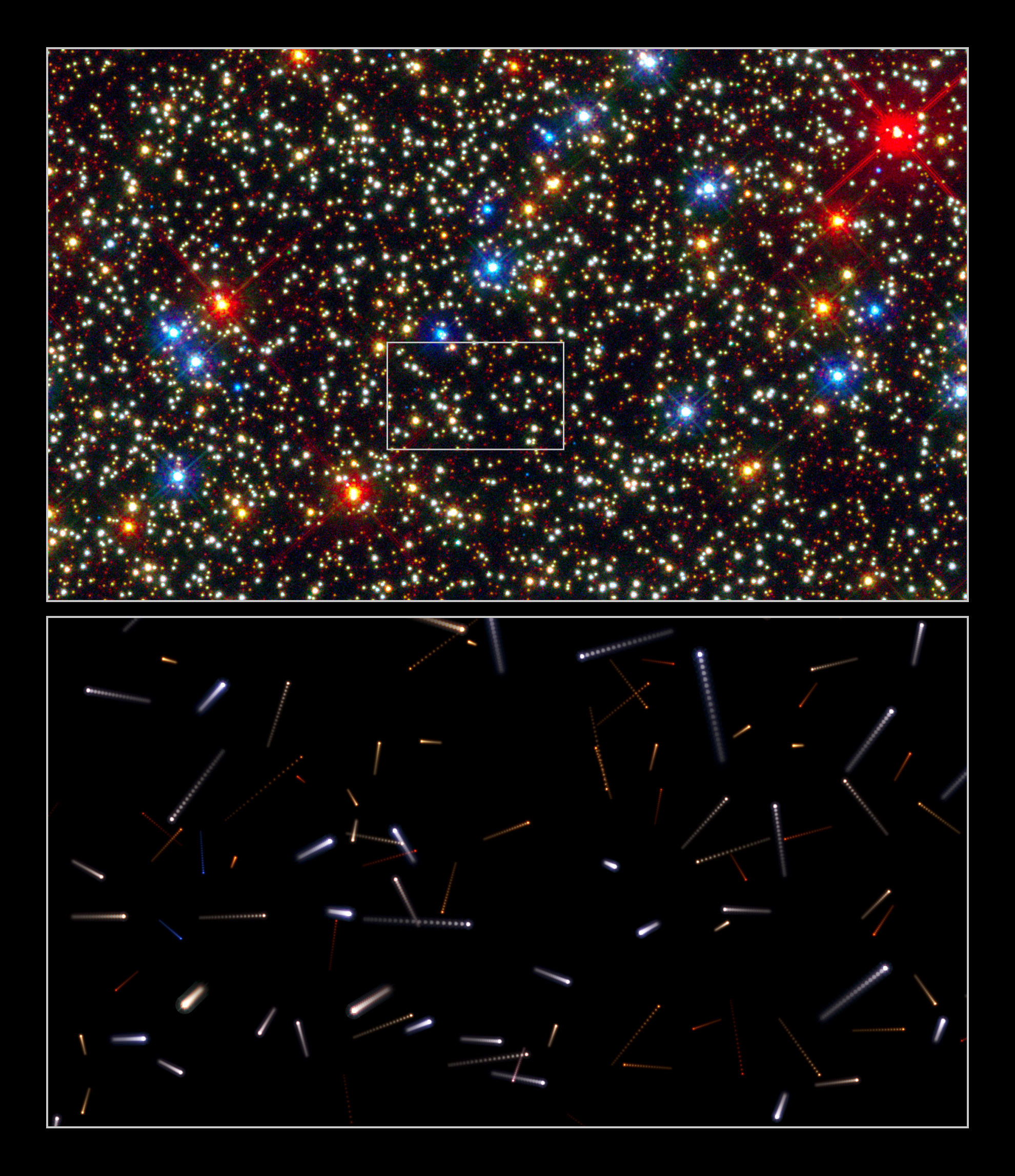
To emphasize the variety of colors and their density in the sky, I will show you a small piece of a Hubble high-resolution image.

This is where I would go - to fly inside this cluster, to track their fast movements relative to each other, the interaction of closely flying stars, and even for the sake of being able to see the collision of two bodies.
It would also be interesting to fly to the center of our galaxy, or to see how a black hole absorbs matter.

or how a star behaves after a catastrophic explosion, such as This Kiel.
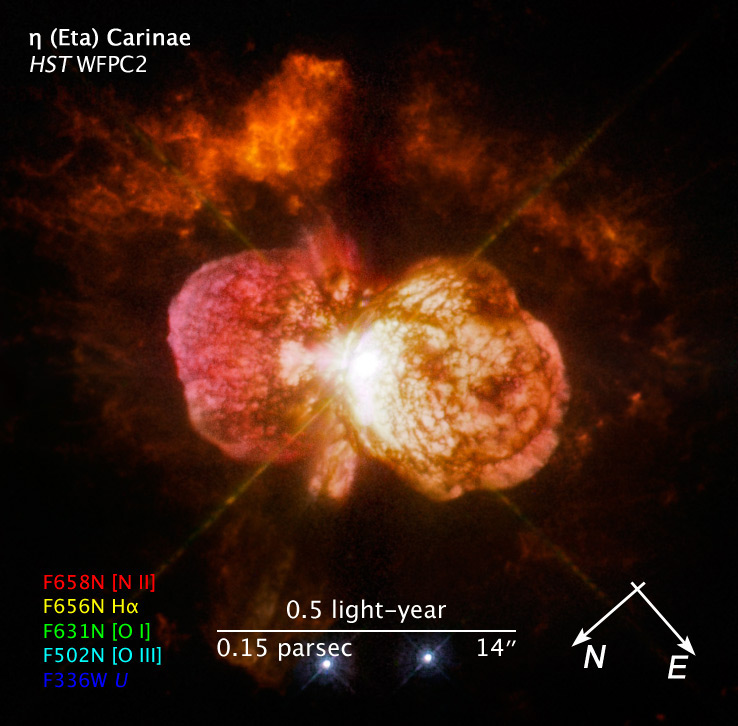
This, of course, is a matter of taste, but if I could spend all nights staring at the incredible views of the full stars of the sky from the center of the largest globular cluster, this would be the realization of my dream. This may not happen to me - but perhaps someday it will become available to humanity.
